Traumatic Brain Injury Assessment Overhauled
By Thomas Lehrich, President of the Board
Trauma centers across America will begin to test a new approach for assessing traumatic brain injury. This improved assessment should provide accurate diagnoses and more appropriate treatment.
The new framework, which was developed by a coalition of experts and patients from 14 countries and by the National Institutes of Health, expands the assessment beyond immediate clinical symptoms. Added criteria would include biomarkers, CT and MRI scans, and factors such as other medical conditions and how the trauma occurred.
For a little over 50 years, trauma centers have used the Glasgow Coma Scale to assess patients with TBI, dividing them into mild, moderate, and severe categories, based on their level of consciousness and other clinical symptoms. That diagnosis determined the level of care patients received in the emergency department. In the U. S., TBI results in approximately 80 thousand deaths annually and accounts for about half-a-million permanent disabilities each year.
What is the new system? Known as CBI-M, the framework comprises four pillars — clinical, biomarker, imaging, and modifiers — that were developed by working groups of medical partners, TBI experts, scientists, The clinical pillar retains the Glasgow Coma Scale’s total score as a central element of the assessment, measuring consciousness and pupil reactivity as an indication of brain function. The framework recommends including the scale’s responses to eye, verbal, and motor commands or stimuli, presence of amnesia, and symptoms like headache, dizziness, and noise sensitivity.
Biomarkers, imaging, modifiers offer critical clues to recovery. In previous segments Plus One has previewed the future of biomarkers for treatment of traumatic brain injuries. The second pillar uses biomarkers identified in blood tests to provide objective indicators of tissue damage, overcoming the limitations of clinical assessment that may inadvertently include symptoms unrelated to TBI. Levels of these biomarkers determine which patients require CT scans, reducing unnecessary radiation exposure and health care costs.
In those with more severe injuries, CT and MRI imaging — the framework’s third pillar — are important in identifying blood clots, bleeding, and lesions that point to present and future. The biomarkers also identify the appropriate patients to enroll in clinical trials to develop new TBI medications, which have not advanced in the last 30 years.
A recently launched trial that will roll out in 18 trauma sites nationwide may finally give rise to new treatments.The final pillar, modifiers, assesses how the injury occurred, such as a fall, blow, or sharp object penetration. It also includes existing conditions and medications, health care access, prior TBIs, substance abuse, and living circumstances.
The proposed framework is being phased in at trauma centers on a trial basis. It will be refined and validated before it is fully implemented.Plus One as part of the education program will provide updates on the important aspects in the TBI treatment framework.
